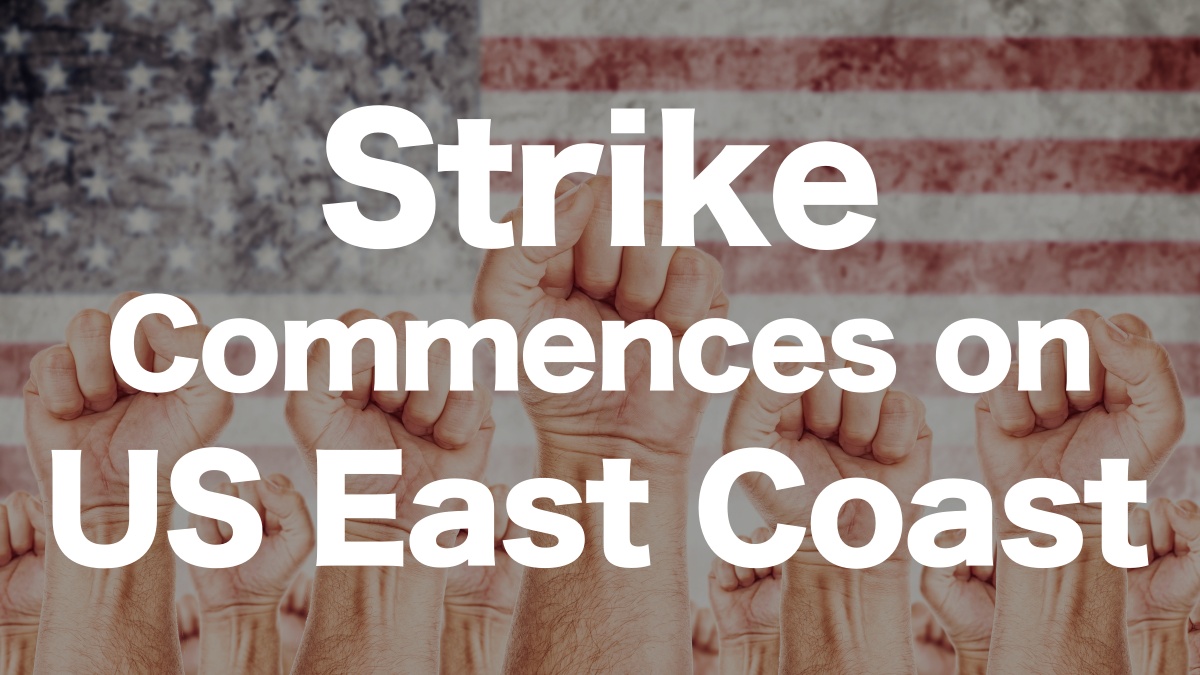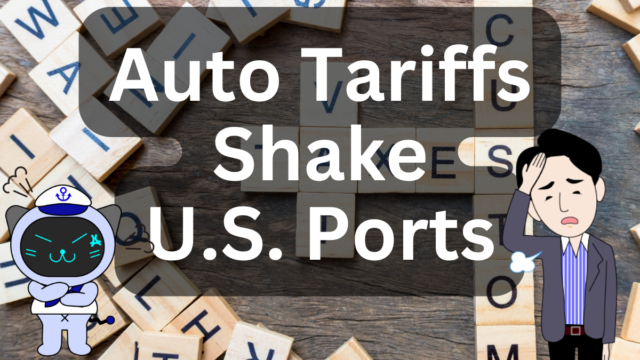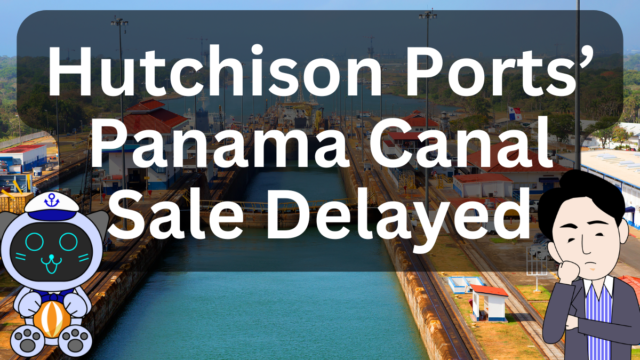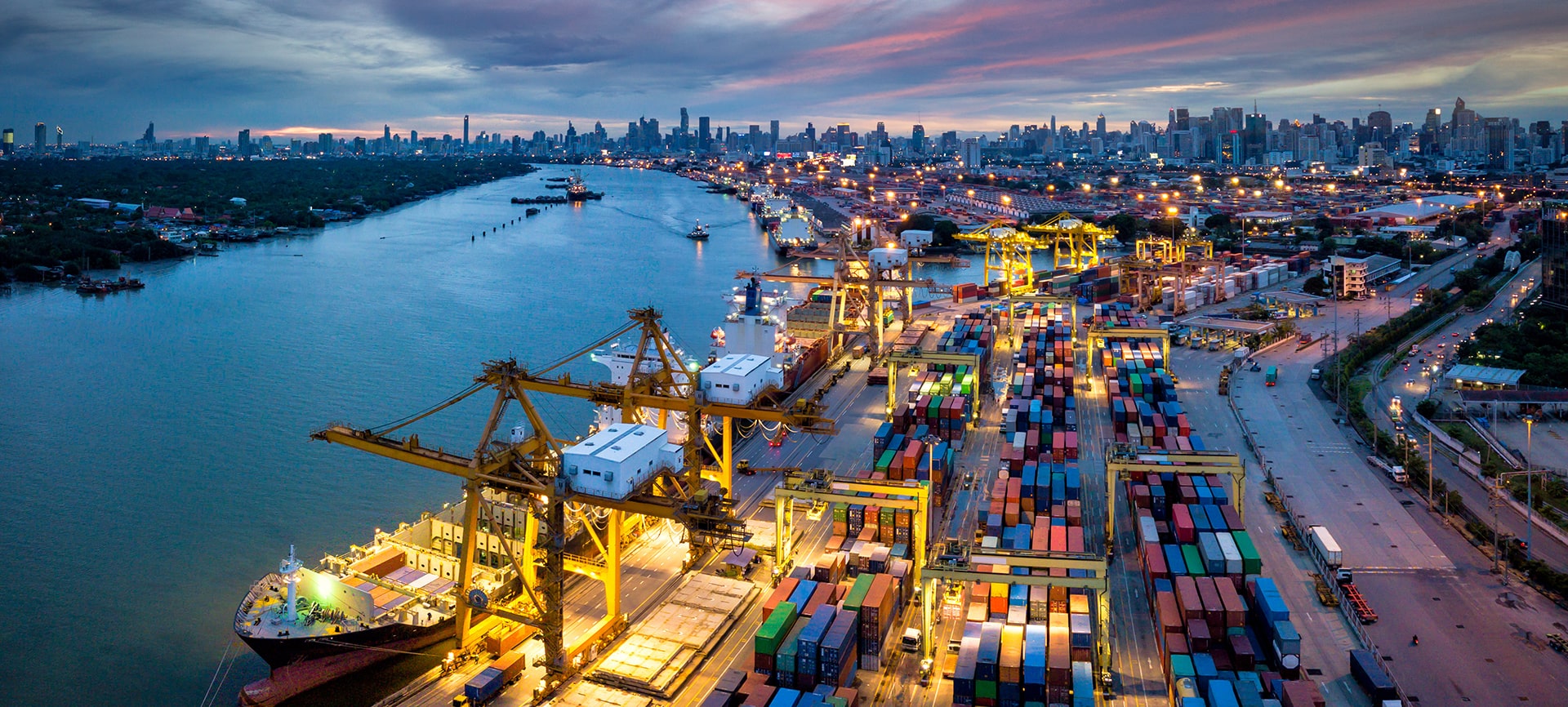Posted on: October 1, 2024 / Last updated: October 1, 2024
North American East Coast Labor Strike: Impact on Supply Chain and Future Outlook

The labor union on the North American East Coast has launched a strike.
This development is expected to create significant disruptions in the U.S. supply chain, potentially affecting both businesses and consumers.
In this article, we’ll delve into the background of the strike and explore what it means for the future of the supply chain.
CONTENTS
Background of the Strike
The International Longshoremen’s Association (ILA) on the North American East Coast initiated the strike due to a breakdown in labor negotiations.
One major reason behind this action is that while shipping companies posted significant profits during the pandemic, workers feel that they have not been fairly compensated.
Additionally, the advancement of port automation is a major concern for the union, as it could jeopardize workers’ jobs.
This has become a key point of contention, making the negotiations challenging and prolonging the impasse.
Impact on the Supply Chain
The strike will likely disrupt the handling of cargo arriving at East Coast ports, potentially leading to delays in delivering goods to businesses and retailers.
Manufacturing and retail sectors could face severe disruptions, which may lead to a broader ripple effect across the entire supply chain.
Response from Shipping Companies
With the outcome of labor negotiations still uncertain, several shipping companies have responded by imposing additional surcharges.
For instance, MSC has set a fee of $1,500 per 20ft container and $3,000 per 40ft container for shipments to the East Coast from China, Japan, Korea, and Southeast Asia.
Other major shipping companies have implemented similar surcharges, making a significant increase in shipping costs unavoidable.
Potential Cargo Shift to the West Coast
If the East Coast strike is prolonged, cargo bound for North America could shift to West Coast ports.
Many shippers have already started redirecting their supply chains to the West Coast as a precautionary measure, and this trend may accelerate further.
As a result, West Coast ports may see increased cargo volumes, leading to potential congestion and higher freight rates.
Future Outlook
It is still unclear how long the strike will continue.
However, it is estimated that if the ports are halted for just one day, it could take a week or more to recover.
Early resolution of the labor dispute is essential to maintain a stable and reliable supply chain.
Conclusion
The North American East Coast strike has the potential to cause widespread disruptions, not only in the logistics industry but across multiple sectors.
As businesses reassess their supply chain strategies, swift and proactive measures will be essential to mitigate the impact.


![[Industry Trends] MSC Becomes First to Reach 900 Vessels! Focus Shifts to North-South Routes with Independent Operations | IINO san's Logistics News](/wp-content/uploads/2025/04/20250417en-640x360.png)
![[Maritime Shipping Now] Container Freight Rates Remain Flat – What Lies Ahead? Impact of US-China Tensions | IINO san's Logistics News](/wp-content/uploads/2025/04/20250415en-640x360.png)








